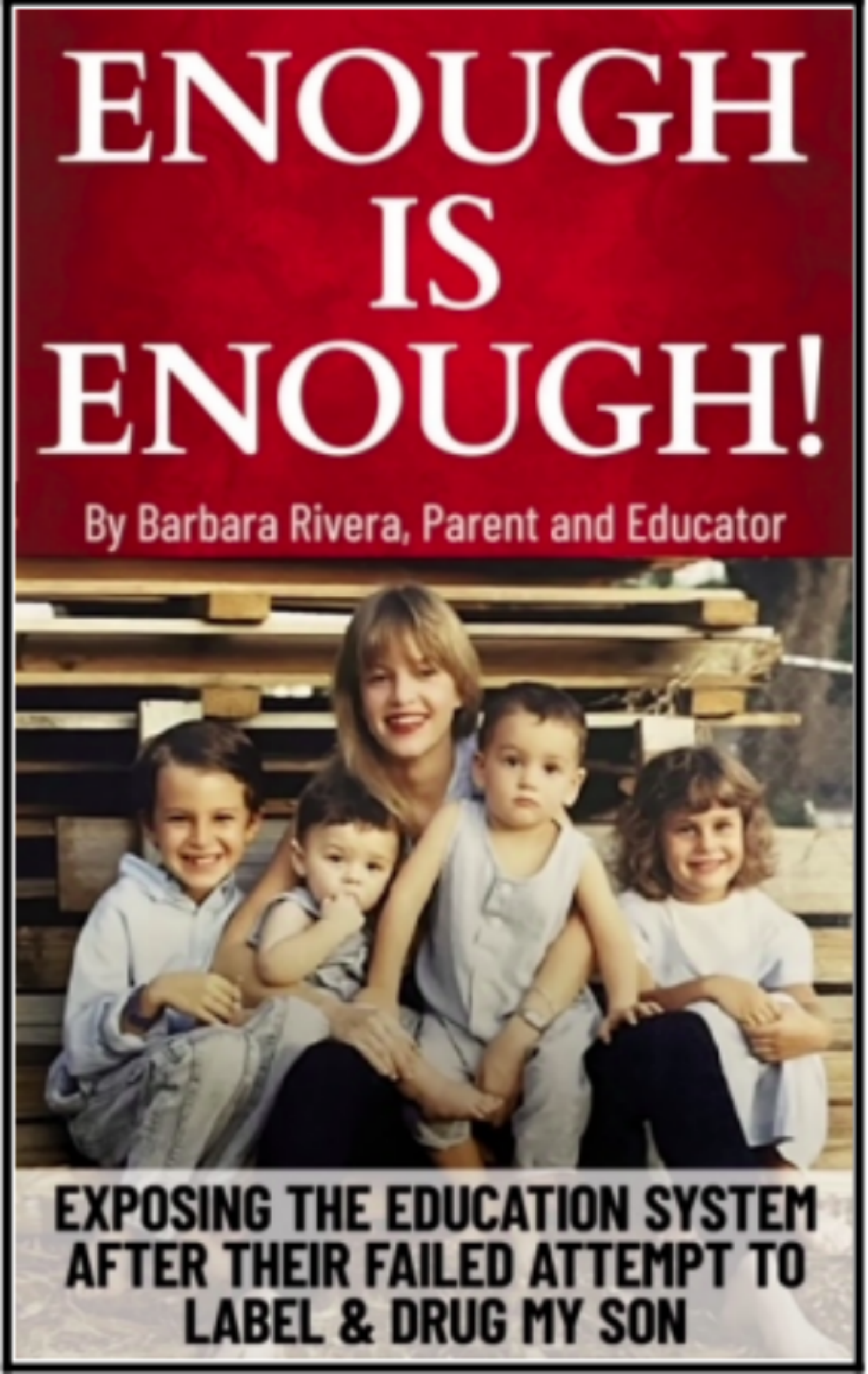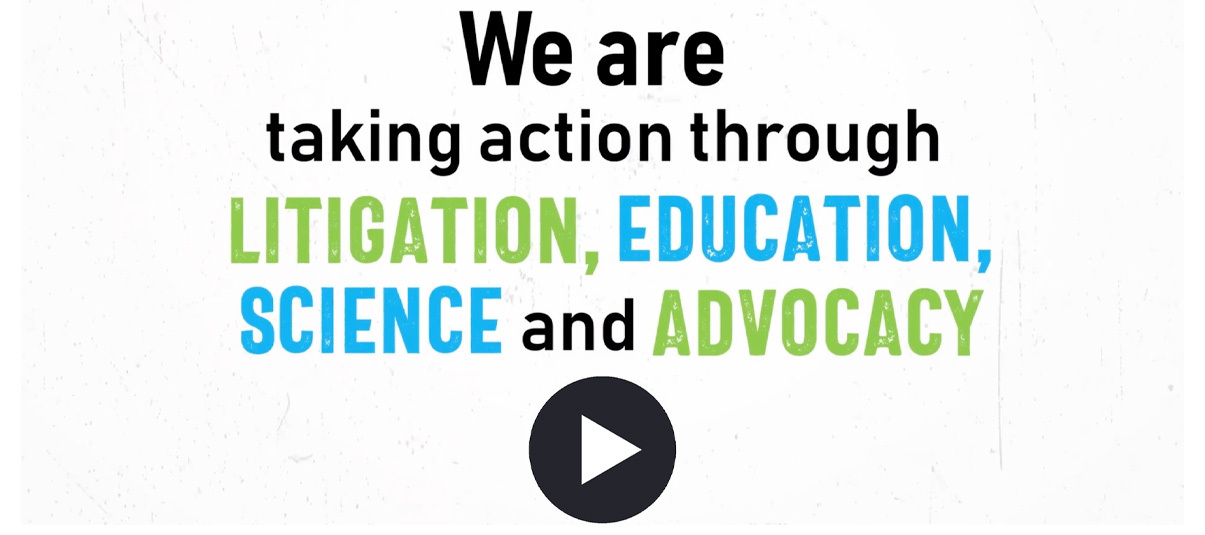Enough is Enough: A Mother Says “NO!” to Labeling And Drugs to Save her Son.

Much has been written about the management or ‘treatment’ of those who get a diagnosis of ADHD in school. Some, such as John Breeding, author of The Wildest Colts make the Best Horses1, argue that there is no ‘disorder’. Breeding says,
Something is seriously wrong here! Hundreds of thousands of children, mostly boys, are being forced to take dangerous drugs – not because they have suffered or are suffering from a dreaded medical disease, but because we, as a society, have chosen to turn normal behavior (activity, energy, zest, spirit, absorption in television, climbing, challenging authority – which is demanding you do something you are not interested in or ready for) into “symptoms” of a “disease.” (2).
Talking Back To Ritalin2, in the words of author, Peter R. Breggin M.D. “is a critique of the use of stimulant drugs such as Ritalin, Concerta, Metadate ER, Dexedrine and Adderall for the behavioral control of children.”
There have also been many studies done linking a variety of toxins with behavioral issues, see here, here, here and here.
The question is do any of these analyses of the causes of behavioral difficulties justify labeling and drugging young people for failing to behaviorally conform to a rapidly deteriorating school system.
Mother, author and educator, Barbara Rivera, confronted the American public education system and the pharma-promoted labeling and drugging of children head on when it threatened the life and health of her son, Damon. She tells us:
Just two weeks into first grade, it was determined that my beautiful boy was “mentally disabled” and his only hope of learning was psychotropic medications that he would likely need for the rest of his life.
This is my story of saving my son.
Barbara’s story, Enough is Enough3 is both her story of saving her son and a brilliant exposé of a dysfunctional education system in which common sense based, foundational education has been replaced with a Skinnerian, behavior-modification schooling system administered by ‘technical experts’ accustomed to using mind-altering medication as a tool to modify behavior.
Our review of Enough is Enough follows.
ENOUGH IS ENOUGH
Enough is Enough is a story of a ‘good’, well lived life.
This inspiring story by Barbara Rivera of her life to date takes the reader on a journey from her no-nonsense and love-filled childhood to how this foundation contributed to her having the ability, common sense, confidence and capacity-for-love to rear and educate her children and many others excellently and clearly. When confronted with a major challenge that threatened her son, Damon’s, education, well-being and life Barbara could draw on this foundation to respond with love, passion and a clear sense of purpose. In Barbara’s words: This is my story of saving my son.
This book is also a damning indictment of contemporary state schooling based on Skinnerian behavior modification and administered by ‘technical experts’, which has replaced a common sense based and genuinely foundational education where children and young people imbibed values, mastered skills and learned critical thinking in a way that respected and enhanced their individuality. It has resulted in a society of disconnected, directionless young people, lacking a solid, spiritual foundation.
Most importantly however this is a powerful story of hope, and exemplifies how, with a will, education can again be infused with clear direction, humanity and love.
From an early age Barbara was receiving confidence-building encouragement. She says, [t]he encouragement that I got from home regarding my drawings set the stage for me excelling at school. Barbara loved school. She tells us: I liked my teachers. And school loved me.
In fourth grade Barbara encountered the true story of Helen Keller, Set Me Free. When she was just a baby Helen Keller lost her sight, hearing and capacity for speech from an illness. With the love, persistence and tireless help of her tutor, Anne Sullivan, Helen eventually learned to communicate, later becoming the first blind and deaf person to earn a college degree with honors. This story left a lasting impression on Barbara and marked her life in a deeply emotional, inspiring and encouraging way.
Barbara’s first child, Damon, was smart, bright, funny, creative and exceptionally well-behaved and she expected him to love school. Shockingly for Barbara, and Damon, this was not the case. Damon had already demonstrated an ability to learn effectively but in school the concepts and skills underpinning literacy and numeracy were presented randomly and poorly explained with little practice or repetition. Unsurprisingly Damon crashed fast and, at age six, had given up on himself.
He was diagnosed as learning-disabled with medication being the only solution, according to his teacher. Barbara’s protestations and counter-arguments were met with authoritarian contempt – after all, she wasn’t a certified teacher, that is, an ‘expert’.
Barbara did not allow Damon to get evaluated or drugged and did her best to support him throughout first grade but despite this she could see the connection between Damon and her weakening and knew she would lose her son if she did not take decisive and effective steps to save him. Though she had no formal qualifications, Barbara decided she had to homeschool Damon. Barbara soon extended her homeschooling activities to include the children of friends, eventually setting up her own school.
Barbara also needed to understand what had happened to Education in America that led to her son, Damon’s, experience and she gives us a potted history of the evolution of education in America from the mid 19th century to today.
Following victory in the Revolutionary war, Noah Webster knew that Americans required their own language to consolidate their independence and the American, Christian way of life and become a literate, moral and educated nation. He published a number of books to that end, his greatest being the American Dictionary of the English Language.
The common-sense based approach to education, based on a reverence for autonomy, life and liberty was, however, superseded by a behaviorist, stimulus/response training by ‘experts’ with it’s origins in the world’s first psychological laboratory, established by Wilhelm Wundt in the University of Leipzig in Germany. This behaviorist training model perfectly suited the needs of industry, inspiring the creation of the General Education Board by John D. Rockfeller in 1902. Barbara says:
Before Rockfeller’s influence children were expected to master skills, honor God and contribute to their families and community. After Rockefeller introduced psychology to education, children were not taught phonics, academic proficiency was based on test scores (not ability), God was completely removed as a guiding authority, and behavior modification began. Here enters lobotomies, electric shock, and mind-altering medication.
Barbara gives us countless examples of the mis-education of children and crushing of their spirits by this post-Rockfeller education system. She also details a number of ‘Getting it Right‘ stories throughout Enough is Enough and her life and book show how, with a will, education can again be infused with clear direction, humanity and love. Barbara has given us a model and a clear alternative to the cynical and brutal inhumanity that underpins the technical-professional approach dominating the school system .
Read Enough Is Enough to understand what we have lost as a culture and in our schools and what we must and will regain. Our schools perpetuate and amplify this reduction of our culture and our humanity. Barbara’s life work and her record of it, as told here in Enough Is Enough, provide a huge impetus and encouragement towards halting this slide into a shocking a-human dystopia. She is an example and an inspiration to all of us to resist this destruction of the lives of our young people and of our culture and to re-create an education system and world where we educate our young with care & love so that a more hopeful human future can be realized. How we love, care for and educate our young people will predetermine the future human world. Caring for and educating, with love, empathy and with clear direction is the single most important and powerful action we can engage in.
Donagh Healy
1Breeding, John, Ph.D. The Wildest Colts make the Best Horses. Austin: Bright Books, Inc., 1996.
2Breggin, Peter R., MD. Talking Back to Ritalin. Cambridge, MA: Perseus Publishing, 2001.
3Rivera, Barbara. Enough is Enough. Miami: Publishdrive, 2024.
